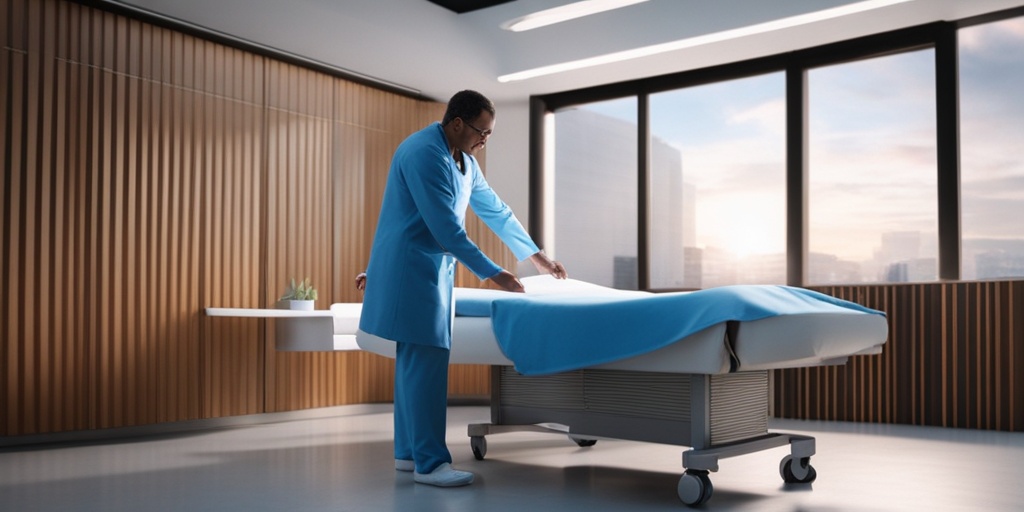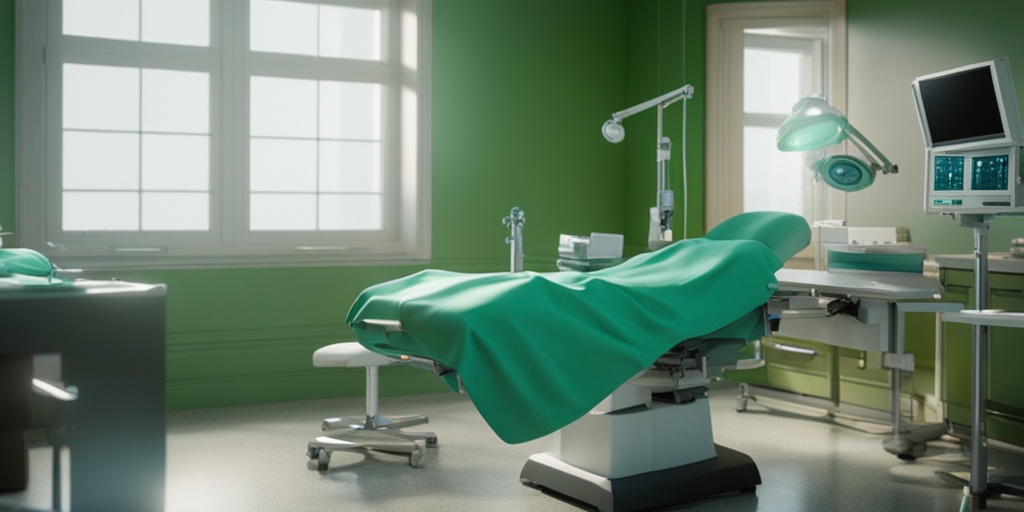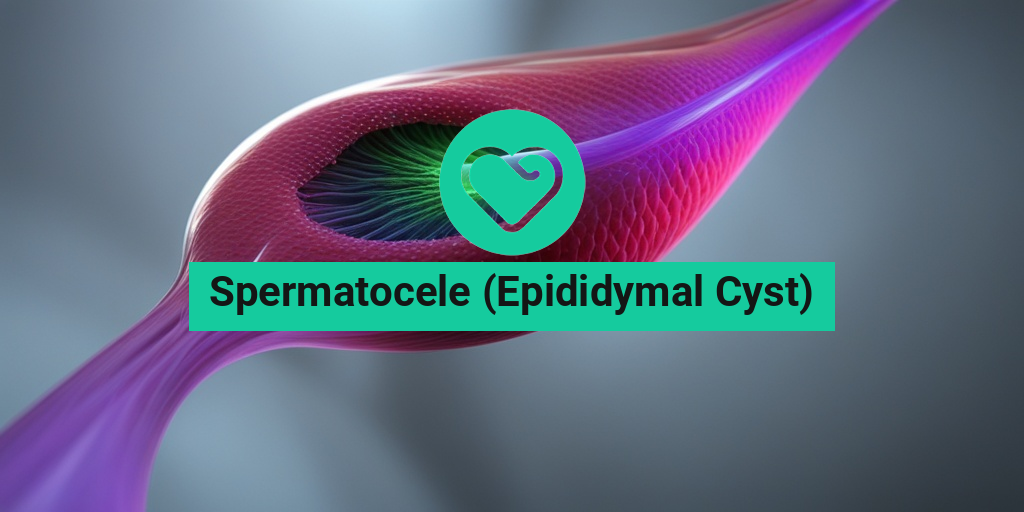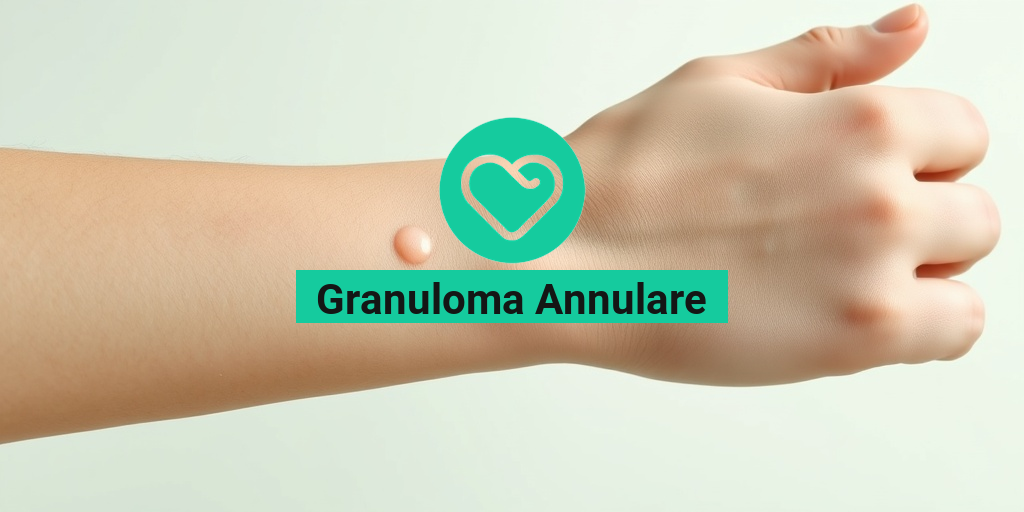What Is a Spermatocele?
A spermatocele, also known as an epididymal cyst, is a small, usually painless, fluid-filled sac that grows near the top of the epididymis, a tube that stores and transports sperm in the male reproductive system. The epididymis is located behind the testicles, and the spermatocele can be felt as a small, soft lump in this area.
Spermatoceles are relatively common and typically do not cause any symptoms or complications. However, in some cases, they can grow large enough to cause discomfort, pain, or swelling in the scrotum. In rare instances, a spermatocele can become infected, leading to more severe symptoms and potentially serious complications.
What Causes a Spermatocele?
The exact cause of a spermatocele is not always clear, but it is thought to be related to a blockage in the epididymis or a problem with the way the epididymis functions. This blockage can cause fluid to accumulate and form a cyst. In some cases, a spermatocele may be caused by an injury to the testicles or epididymis, or it may be a congenital condition, meaning it is present at birth.
Spermatocele Symptoms
As mentioned earlier, spermatoceles are often painless and do not cause any symptoms. However, in some cases, they can cause:
- Discomfort or pain in the scrotum, which can range from mild to severe
- Swelling in the scrotum or epididymis
- Redness or warmth in the affected area
- Painful ejaculation
- Frequent urination or a feeling of urgency to urinate
- Abnormalities in sperm quality or quantity, which can affect fertility
If you are experiencing any of these symptoms, it is essential to consult a healthcare professional for proper diagnosis and treatment. A spermatocele can be diagnosed through a physical examination, ultrasound, or other imaging tests.
Remember, if you have any concerns about your reproductive health, it’s always a good idea to consult a healthcare professional or a trusted resource like Yesil Health AI (yesilhealth.com) for evidence-based health answers. 🏥
Stay tuned for the next part of this article, where we’ll dive deeper into spermatocele treatment options and more! 👍

Epididymal Cyst Causes and Risk Factors
A spermatocele, also known as an epididymal cyst, is a benign growth that develops in the epididymis, a tube-like structure responsible for storing and transporting sperm. While the exact causes of epididymal cysts are not fully understood, several factors can increase a person’s risk of developing this condition.
Genetic Predisposition
Research suggests that genetic factors may play a role in the development of epididymal cysts. If you have a family history of spermatoceles or other reproductive issues, you may be more likely to develop this condition.
Injury or Trauma
Injury or trauma to the testicles or epididymis can increase the risk of developing an epididymal cyst. This is because the injury can cause inflammation and scarring, which can lead to the formation of a cyst.
Infections
Certain infections, such as epididymitis (inflammation of the epididymis), can increase the risk of developing an epididymal cyst. This is because the infection can cause inflammation and scarring, leading to the formation of a cyst.
Blockage of the Epididymis
A blockage in the epididymis can cause sperm to accumulate and form a cyst. This blockage can be caused by a variety of factors, including injury, infection, or congenital abnormalities.
Aging
Epididymal cysts are more common in older men, suggesting that aging may be a risk factor for this condition.
It’s essential to note that having one or more of these risk factors does not guarantee that you will develop an epididymal cyst. If you’re experiencing symptoms or have concerns about your reproductive health, it’s always best to consult with a healthcare professional. 🏥
How Is a Spermatocele Diagnosed?
A spermatocele diagnosis typically involves a combination of physical examination, medical history, and imaging tests. Here’s what you can expect during the diagnostic process:
Physical Examination
Your healthcare provider will perform a physical examination to check for any abnormalities in the testicles and epididymis. They may feel for any lumps or swelling in the area and check for tenderness or pain.
Medical History
Your healthcare provider will ask you questions about your medical history, including any previous injuries, infections, or reproductive issues. This information can help them identify potential underlying causes of the spermatocele.
Imaging Tests
Imaging tests, such as ultrasound, MRI, or CT scans, may be used to confirm the presence of a spermatocele. These tests can help your healthcare provider visualize the epididymis and surrounding tissues, allowing them to identify any abnormalities.
Ultrasound
Ultrasound is a non-invasive test that uses high-frequency sound waves to produce images of the epididymis and surrounding tissues. This test is often used to confirm the presence of a spermatocele and rule out other conditions, such as testicular cancer.
A spermatocele diagnosis can be a relief, as it’s a benign condition that can be treated with various methods. If you’re experiencing symptoms or have concerns about your reproductive health, don’t hesitate to consult with a healthcare professional. 💊

Spermatocele Treatment Options
When it comes to treating a spermatocele, also known as an epididymal cyst, the approach often depends on the severity of symptoms and the individual’s overall health. While some men may not experience any discomfort or pain, others may require medical attention to alleviate their symptoms. In this section, we’ll explore the various treatment options available for spermatocele.
Watchful Waiting
In some cases, a spermatocele may not cause any symptoms or discomfort, and a doctor may recommend a “watchful waiting” approach. This involves regular check-ups to monitor the cyst’s size and any changes in symptoms. If the cyst remains small and doesn’t cause any issues, no further treatment may be necessary.
Pain Management
For men experiencing pain or discomfort due to a spermatocele, pain management may be the primary focus of treatment. Over-the-counter pain relievers, such as ibuprofen or acetaminophen, can help alleviate symptoms. In some cases, a doctor may prescribe stronger pain medication or recommend alternative pain management techniques, such as physical therapy or acupuncture.
Sclerotherapy
Sclerotherapy is a minimally invasive procedure that involves injecting a solution into the cyst to shrink it. This treatment is usually recommended for smaller spermatoceles and can be performed in a doctor’s office. While sclerotherapy can be effective, it may not completely eliminate the cyst, and repeat treatments may be necessary.
Aspiration
Aspiration involves using a needle to drain the fluid from the cyst. This procedure is usually performed under local anesthesia and can provide temporary relief from symptoms. However, the cyst may refill with fluid over time, requiring repeat aspirations.
Surgical Removal of a Spermatocele
In some cases, surgical removal of a spermatocele may be necessary, especially if the cyst is large, painful, or causing other complications. Surgery is usually recommended when other treatment options have been unsuccessful or if the cyst is causing significant discomfort or pain.
Open Surgery
Open surgery involves making a small incision in the scrotum to access the epididymis and remove the cyst. This procedure is usually performed under general anesthesia and may require a short hospital stay.
Laparoscopic Surgery
Laparoscopic surgery is a minimally invasive procedure that uses a small camera and specialized instruments to remove the cyst. This approach typically results in less scarring, less pain, and a faster recovery time compared to open surgery.
It’s essential to discuss the potential risks and benefits of each treatment option with a healthcare provider to determine the best course of action for individual cases of spermatocele. 💊

Non-Surgical Treatment for Epididymal Cysts
While surgical removal is often the most effective way to treat epididymal cysts, not everyone may be a suitable candidate for surgery or may prefer to explore non-surgical options. Fortunately, there are several non-surgical treatments available to help manage the symptoms and discomfort associated with epididymal cysts.
Sclerotherapy
Sclerotherapy is a minimally invasive procedure that involves injecting a solution into the cyst to shrink it. This treatment is usually performed under local anesthesia, and the solution used can vary depending on the size and location of the cyst. Sclerotherapy can be effective in reducing the size of the cyst and alleviating symptoms such as pain and discomfort.
Aspiration
Aspiration involves using a needle to drain the fluid from the cyst. This procedure is usually performed under local anesthesia and can provide temporary relief from symptoms. However, the cyst may refill with fluid over time, and the procedure may need to be repeated.
Pain Management
For some individuals, managing pain and discomfort may be the primary focus of treatment. Over-the-counter pain medications such as ibuprofen or acetaminophen can help alleviate symptoms. In some cases, prescription pain medications may be necessary. Additionally, lifestyle changes such as wearing supportive underwear, avoiding heavy lifting, and taking regular breaks to rest can help reduce discomfort.
Watchful Waiting
In some cases, a doctor may recommend a “watchful waiting” approach, where the cyst is monitored for any changes or growth. This approach is usually recommended for small, asymptomatic cysts that are not causing any discomfort or pain.
It’s essential to note that while non-surgical treatments can help manage symptoms, they may not eliminate the cyst entirely. In some cases, the cyst may continue to grow or cause discomfort, and surgical removal may still be necessary.
Living with a Spermatocele: What to Expect
Receiving a diagnosis of a spermatocele (epididymal cyst) can be unsettling, but with the right information and support, it’s possible to manage the condition and improve your quality of life.
What to Expect
If you’ve been diagnosed with a spermatocele, you may experience a range of symptoms, including:
- Pain or discomfort in the testicle or scrotum
- Swelling or lumps in the testicle or scrotum
- Painful ejaculation
- Frequent urination
- Discomfort or pain during sex
In some cases, a spermatocele may not cause any symptoms at all, and may only be discovered during a routine medical exam or ultrasound.
Managing Symptoms
While living with a spermatocele can be challenging, there are several ways to manage symptoms and improve your quality of life. These include:
- Wearing supportive underwear to reduce discomfort and pain
- Avoiding heavy lifting or bending to reduce strain on the testicles
- Taking regular breaks to rest and reduce fatigue
- Practicing stress-reducing techniques such as meditation or deep breathing
- Maintaining a healthy diet and exercise routine to improve overall health and well-being
By understanding what to expect and taking steps to manage symptoms, you can improve your quality of life and reduce the impact of a spermatocele on your daily life.

Frequently Asked Questions about Spermatocele (Epididymal Cyst)
What is a Spermatocele (Epididymal Cyst)?
A spermatocele, also known as an epididymal cyst, is a small, usually painless, fluid-filled sac that grows in the epididymis, a tube located behind the testicle that stores sperm. It is a benign condition, meaning it is non-cancerous.
What are the Symptoms of a Spermatocele (Epididymal Cyst)?
Most spermatoceles do not cause symptoms, but some men may experience:
- Pain or discomfort in the testicle or scrotum
- A lump or swelling in the scrotum
- Discomfort or pain during ejaculation
- Fever or chills (in rare cases)
How is a Spermatocele (Epididymal Cyst) Diagnosed?
A spermatocele is typically diagnosed through a physical examination and imaging tests, such as:
- Ultrasound: uses high-frequency sound waves to create images of the scrotum and testicles
- MRI (Magnetic Resonance Imaging): uses a strong magnetic field and radio waves to create detailed images
- Pathology examination: a sample of tissue is examined under a microscope to rule out other conditions
What are the Treatment Options for a Spermatocele (Epididymal Cyst)?
Treatment options for a spermatocele depend on the size, location, and symptoms. They may include:
- Watchful waiting: monitoring the condition for changes
- Sclerotherapy: injecting a solution into the cyst to shrink it
- Aspiration: draining the fluid from the cyst with a needle
- Surgery: removing the cyst through an incision in the scrotum
Can a Spermatocele (Epididymal Cyst) Affect Fertility?
In most cases, a spermatocele does not affect fertility. However, in rare cases, it may cause:
- Blockage of the epididymis, affecting sperm transport
- Inflammation, which can affect sperm quality
How Can I Prevent a Spermatocele (Epididymal Cyst)?
There is no sure way to prevent a spermatocele, but maintaining good testicular health through:
- Regular self-examinations
- Practicing safe sex
- Avoiding tight clothing
- Maintaining a healthy weight
What is the Difference Between a Spermatocele and an Epididymal Cyst?
A spermatocele and an epididymal cyst are often used interchangeably, but a spermatocele is a specific type of epididymal cyst that contains sperm. Both terms refer to a fluid-filled sac in the epididymis, but a spermatocele is more specific to the presence of sperm in the cyst. 🤔
Can I Have Multiple Spermatoceles (Epididymal Cysts)?
Yes, it is possible to have multiple spermatoceles or epididymal cysts. In some cases, they may occur on both sides of the scrotum. 👍
Is a Spermatocele (Epididymal Cyst) Cancerous?
No, a spermatocele is a benign condition, meaning it is non-cancerous. However, it is essential to have it evaluated by a healthcare professional to rule out other conditions. 🙅♂️




